Quotes and Insights from Three Generations of the Ueshiba Family
In it’s 46 year history, Aikido Journal has had the opportunity to interview past and present aikido Doshu (leaders of The Way). As a look back at some of the insights and common points that have endured for decades and been passed from generation to generation, we’ve curated a small group of quotes to inspire and challenge our thinking. These quotes are all direct statements from the Ueshiba family. They’ve been selected by us at Aikido Journal, but for each quote, we’ve linked to the complete interviews so you can read each statement in context if you’d like to dig deeper. We hope you’ll enjoy this short compilation of wisdom from the founding family of the art of aikido.
On the Essence of Aikido
“Aikido is not the kind of martial art in which there is competition to determine superiority, but rather one that strives to realize an essential ideal of forging respect among people.”
– Moriteru Ueshiba, 1999 interview with Stanley Pranin
“The first thing is to achieve friendship through aikido. To attack someone saying, “What you’re doing is wrong!” or “You shouldn’t do that because it’s not true aikido!” or to criticize saying, “Your way is wrong!” is something we shouldn’t do. The Founder underwent hardships to develop the Aiki Path and it turns out that we are all practicing aikido…I hope above all that everyone will join hands around this center through aiki despite differences in technique and nationality and practice the art and train daily…The Aikido Federation should grow to achieve friendship above all else.”
– Kisshomaru Ueshiba, 1978 interview with Stanley Pranin
“Aikido was created by the Founder based on his philosophy that, through daily practice, we must create a compassionate heart to bring our mind and that of our training partner into one.”
-Moriteru Ueshiba, 2019 interview with Josh Gold
“If we look back over time, we see how the martial arts have been abused. During the Sengoku Period (1482-1558-Sengoku meaning “warring countries”) local lords used the martial arts as a fighting tool to serve their own private interests and to satisfy their greed. This I think was totally inappropriate. Since I myself taught martial arts to be used for the purpose of killing others to soldiers during the War, I became deeply troubled after the conflict ended… Humankind seems to be in a state of upheaval. First of all, we must change this situation. The realization of this mission is the path to the evolution of universal humanity.”
– Morihei Ueshiba, 1957 interview translated by Stanley Pranin
“When (someone) studies aikido with the intention of using it as a tool for fighting, they don’t last long. Budo is not like dancing or watching a movie. Rain or shine, you must practice at all times during your daily life in order to progress. In particular, aikido is like spiritual training practiced using a budo form. lt can never be cultivated as a tool by those who would use it for fighting. Also, individuals inclined towards violence cease to behave in that manner when they learn aikido.”
Kisshomaru Ueshiba, 1957 interview translated by Stanley Pranin
On Transmitting the Art to Future Generations

“I am convinced that it is our most important priority to pass on to the future in the best possible way, the Aikido that the Founder created. For such purpose, those who are engaging in the propagation of Aikido, including myself, must give our utmost efforts. It is essential that we correctly transmit this magnificent art, which has already spread to 140 countries and regions.”
– Moriteru Ueshiba, 2019 interview with Josh Gold
“You can start training at around age 7 or 8, but ideally serious training should start at about 15 or 16. Physically speaking, the body frame becomes sturdier and the bones somewhat stronger at that age. Besides, aikido contains many spiritual aspects (of course, so do other forms of budo), so at that age one begins to acquire a perspective of the world and of the nature of budo. So, all in all, I would say 15 or 16 is a good age for beginning the study of aikido.”
Kisshomaru Ueshiba, 1957 interview translated by Stanley Pranin
“Many of our predecessors have gave their utmost efforts so ordinary people and society can understand the essence of Aikido. It is our duty to pass on this wonderful art and its philosophy to the generations of the future.”
-Moriteru Ueshiba, 2019 interview with Josh Gold
On the Founder
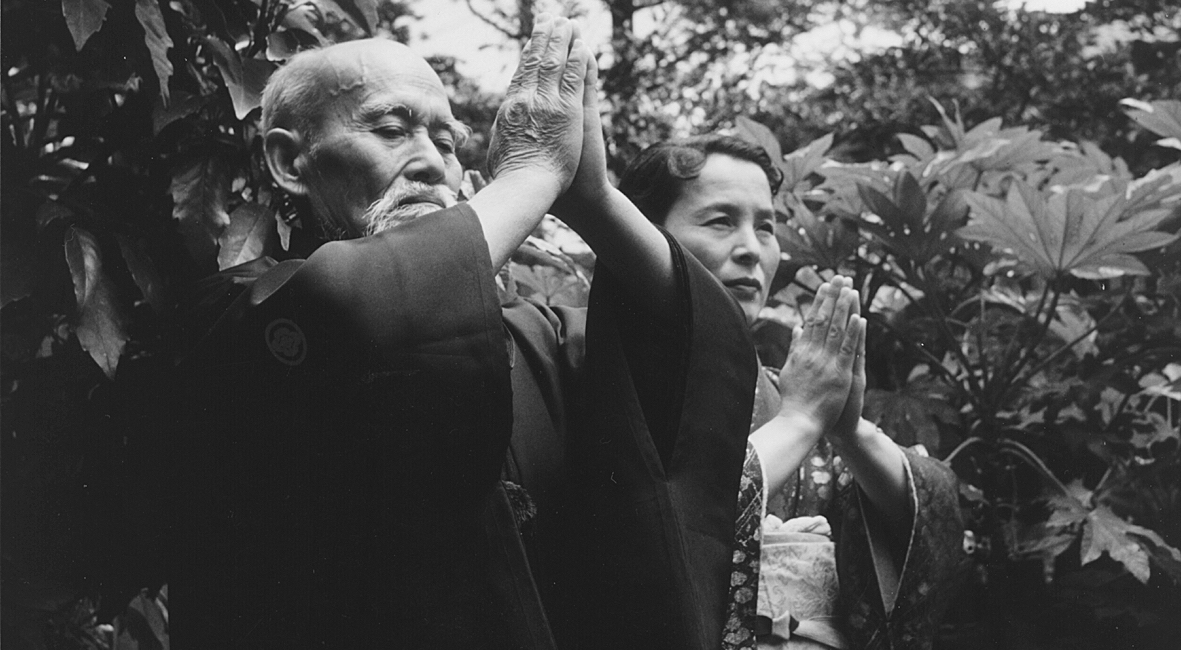
“There have been one or two other biographies written about my father. But always the authors have been caught up in their subjective viewpoints. They contain passages which have been dramatized to a certain extent…Regarding O-Sensei – I think it’s extremely dangerous to regard anyone as “almighty.” It can be carried to an extreme just like it was during World War II when Japan regarded herself as a “divine nation.” What is important is not that kind of attitude but to realize the true nature of aikido keeping in mind the hardships the Founder, Morihei Ueshiba Sensei, endured to forge his path and how he paved the way for us.”
-Kisshmaru Ueshiba, 1978 interview with Stanley Pranin
“I know it would sound good and fit the image for me to be able to say ‘Yes, I had a lot of special training under the founder,’ but that’s just not the case. (laughs) I was around him from the time I was small, so I watched him quite a bit. I lived under the same roof with him and often watched him train, and I also attended his morning classes…I don’t think he ever got angry with me about anything, even when I was small and used to sit there and hit him on the head for fun. I don’t remember it, but they say I used to do that! (laughs)”
-Moriteru Ueshiba, 1999 interview with Stanley Pranin
“My father was a very powerful man in his youth even though he was short… I mean in his thirties, forties and fifties. He was wider in breadth than the ordinary person so his technique used to be awesome and powerful. But as he grew older his power and strength came to be hidden and his techniques grew to be soft and round. I think that is true technique. Aikido should be like that. It should be strong at the core rather than on the surface. Within this core tremendous energy is always burning but on the surface there is soft movement which embraces all people. Otherwise it’s not true aiki. With his great efforts in training and spiritual discipline the Founder’s aiki developed into soft, pleasant movements which hid his inner severity. I think that’s the reason aikido attracts so many people. If it is only violence people won’t follow.”
-Kisshomaru Ueshiba, 1978 interview with Stanley Pranin
Now people ridicule my body but it used to be that you could see rippling muscles when this old man has his clothes off..but they’ve all disappeared. When I practice, I forget about any pains. Usually it’s tough because I’m old. But once I’m standing in the dojo in front of people, the usual Ueshiba disappears…I forget that I’m old!
“When people say, ‘That old man Ueshiba really taught me some good things..’ When they really feel grateful, that’s when this old man Ueshiba will be of some value.”
-Morihei Ueshiba, 1967 radio interview
On The Preservation, Future, and Evolution of Aikido
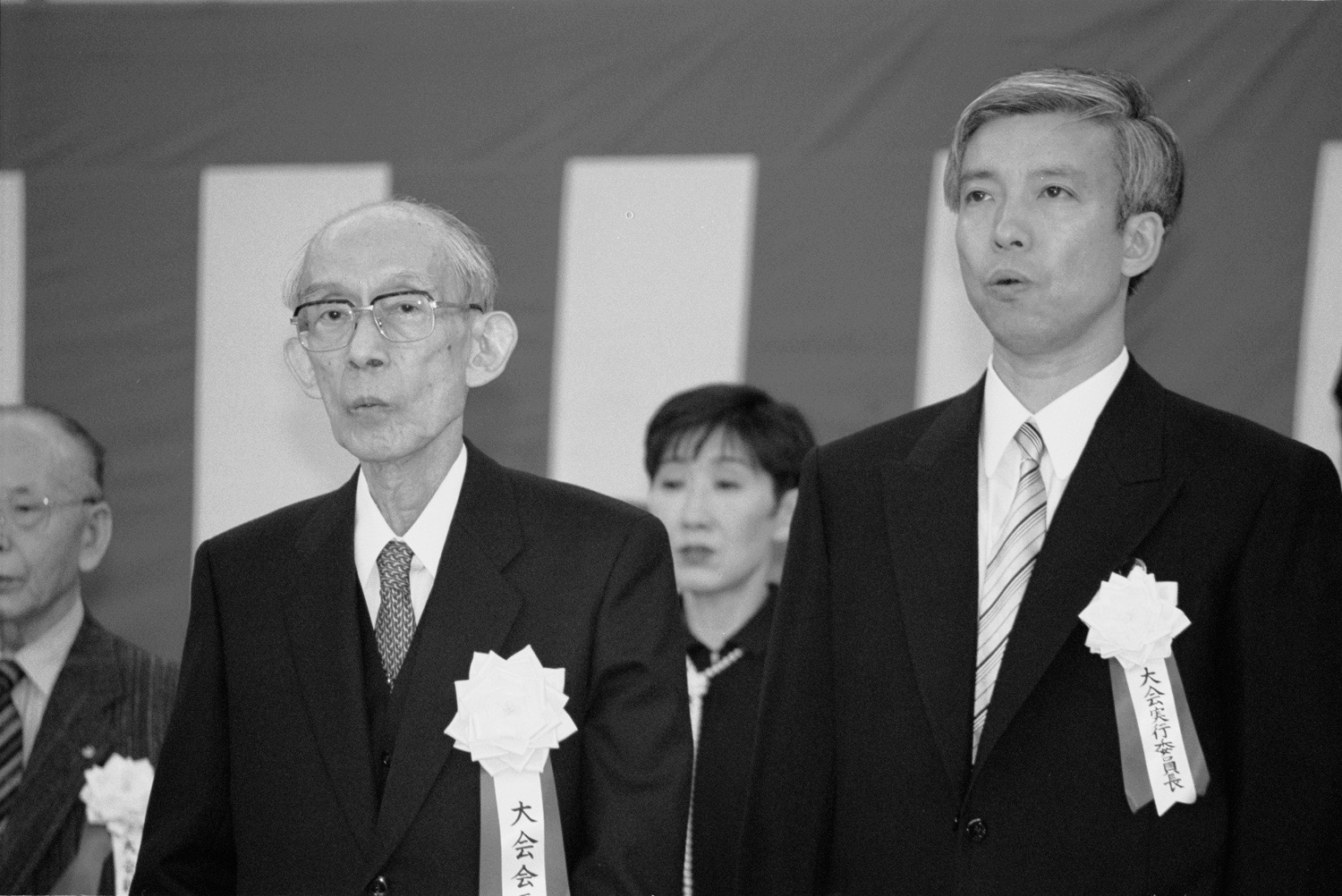
“In order to improve techniques we have to change the teaching method little by little, but I don’t think we will do something unreasonable like fixing a framework and forcing everything into it. I think we shouldn’t do that. The way aikido should be is spontaneous and naturalness itself… Aiki techniques are varied and multi-faceted. They seem to be separate from one another, however, there is a unity and single order about them. This is where the exquisiteness of aikido lies, I think. Therefore, we have no intention of fixing a framework whether it be political, ideological or economic, that is, to form an organizational structure and force everything into it.”
– Kisshmaru Ueshiba, 1978 interview with Stanley Pranin
“I don’t ponder how Aikido and/or the Aikikai should directly contribute to society. It is not the way or approach that we should take. Instead, each Aikido devotee, after a long time period of practice, shall consider how they can offer their power and knowledge cultivated by Aikido practice to the betterment of our society.”
– Moriteru Ueshiba, 2019 interview with Josh Gold
We hope you’ve enjoyed this short collection of quotes from the founding family of aikido. I personally found the final quote above to be one of the most empowering and insightful. My interpretation is that the Aikikai views its responsibility as to preserve the technical and philosophical foundation of aikido, but that they have intentionally left it up to us, the art’s practitioners, to determine how to best use that treasure for our own personal development and for the betterment of society.
When sitting face to face with Doshu Moriteru Ueshiba, I felt that he genuinely hopes (and expects) that each and every one of us uses the gift of aikido in our own unique way to create value, and at the same time, preserve and accurately transmit the foundational core of the art to future generations. There are many pathways forward that can bring this to fruition. I believe we need to embrace and respect diversity of perspective and expression for our art to truly reach its potential. This gives me the conviction and motivation to pursue my own vision, and encouragement to support, learn from, and collaborate with, others who have different approaches.
We’d love to hear what insights and conclusions you draw from these quotes, or the underlying comprehensive interviews.
Josh Gold, Executive Editor // Aikido Journal

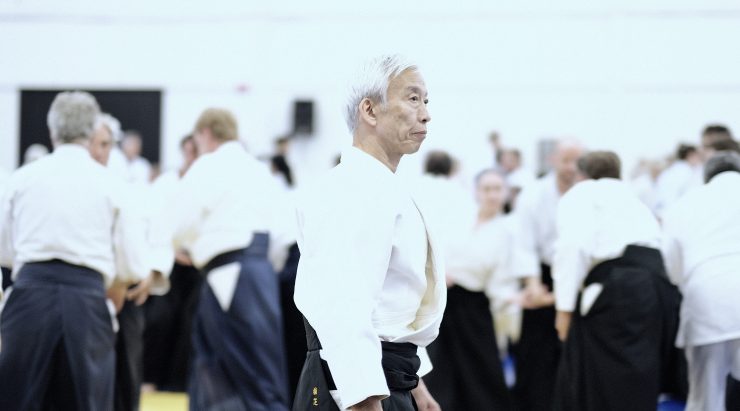
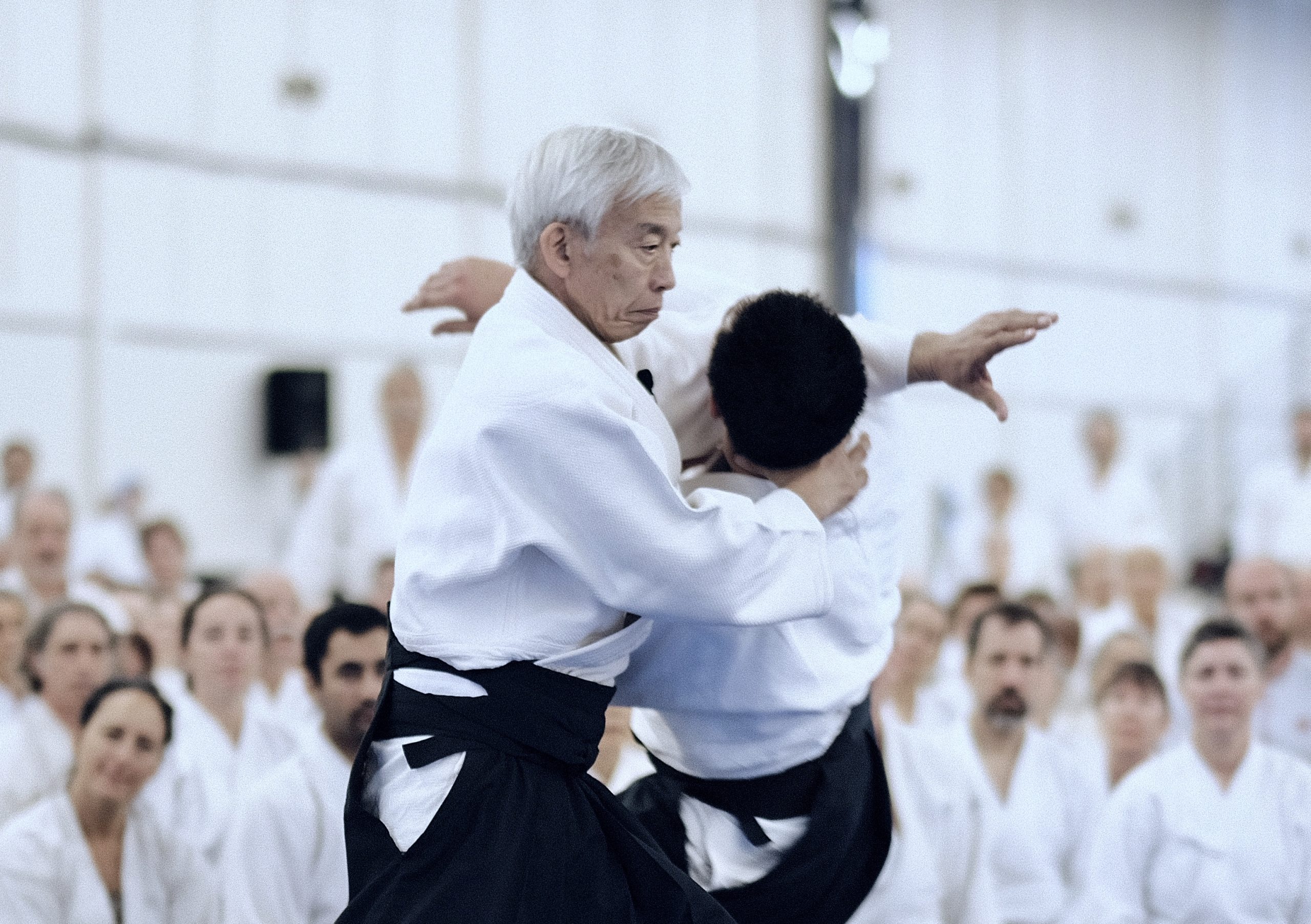


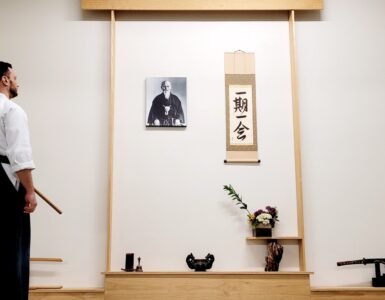








Thank you Josh,
I appreciate your sharing these wonderful ideas from all 3 generations.
I feel O Sensei’s vision is so vast both Doshu’s and your statements that we should not limit its application is very valuable for us today and for the art’s future.
Bob Noha
👌
Wonderful quotes from all three. Thanks Josh 🙇🏻♂️
3 generations of profound quotes in these times of trouble.
thank you once again Josh